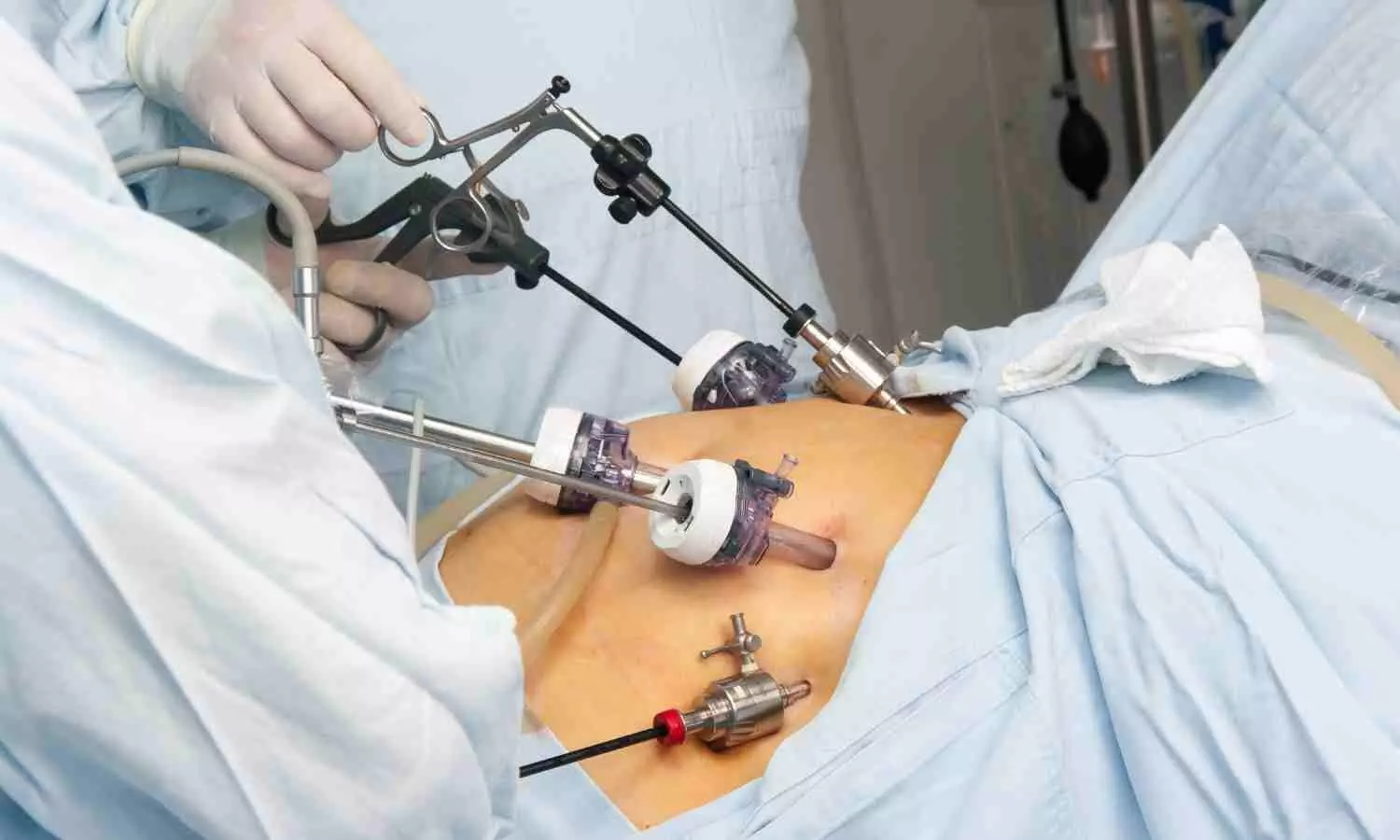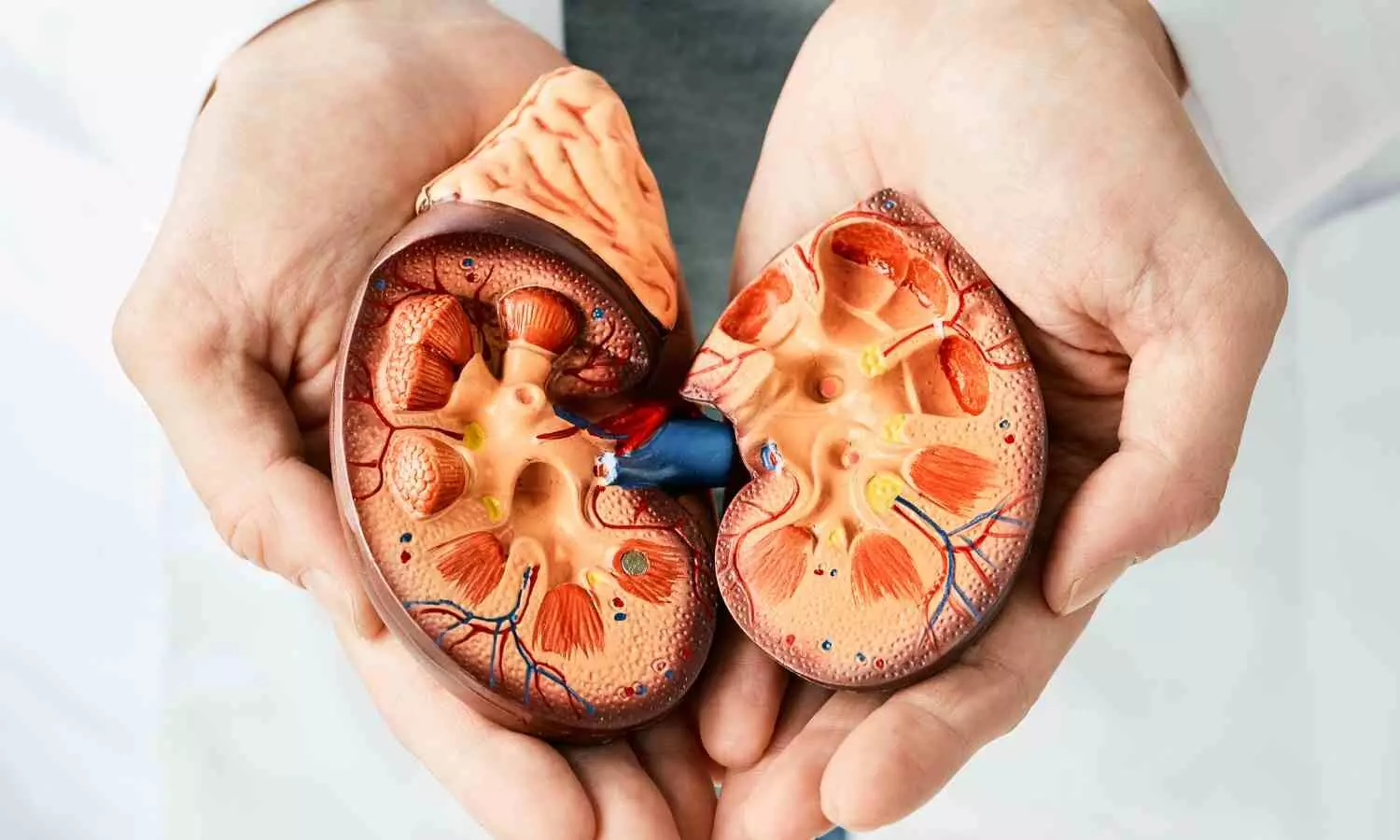
A new Cleveland Clinic-led study published in The EMBO Journal shows that mild and asymptomatic SARS-CoV-2 infections can trigger immune responses in a pregnant individual that may cause serious inflammatory responses in the developing fetus. The study’s findings also suggest that vertical transmission of the virus from a pregnant individual to the fetus is more common than previously estimated-and that even without this transmission, a pregnant individual’s immunological response to infection may impact the fetus.
Typically, healthcare providers test for SARS-CoV-2 infection, the virus that causes COVID-19, in a newborn through a nasal swab after birth. For this study, Cleveland Clinic researchers collected samples from the placenta and the fetal compartment (tissues that surround a fetus while still in utero), and then analyzed them for the presence of inflammatory markers and virus. They found higher instances of the virus in those tissues than what could be found in a traditional nasal swab, and even in the absence of a full infection they found small proteins from the virus had passed through the placenta. The researchers hope their study will help ensure pregnant individuals can rapidly and reliably receive evidence-based medical care needed during novel outbreaks and public health crises.
When the COVID-19 pandemic first began, OB/GYN Ruth Farrell, MD, and colleagues at Cleveland Clinic and other major medical centers wanted to determine the best way to prevent and manage the infection in their pregnant patients. Pregnant individuals required different medical considerations during the pandemic compared to their nonpregnant counterparts; Dr. Farrell notes that many of the prevention and treatment approaches used in non-pregnant patients either did not have enough data to use in pregnant patients or were not feasible to perform.
“During the early stages of the pandemic, there were significant delays in determining how best to prevent and treat pregnant patients with SARS-CoV-2 infection,” explains Dr. Farrell, who also serves as the Vice Chair of Research for Cleveland Clinic’s Obstetrics & Gynecology Institute “These delays lead to gaps in our understandings of the COVID pandemic for pregnant persons. These gaps also contribute to disparities that prevented pregnant individuals from accessing the best possible treatment as quickly as possible during the pandemic.”
Dr. Farrell worked with clinical colleagues across the Clinical and Translational Science Collaborative (CTSC) of Northern Ohio to develop methods for examining the impact of SARS-CoV-2 infection on pregnant patients, including researchers from University Hospitals of Cleveland and MetroHealth Medical Center.
She then teamed up with Cleveland Clinic maternal-fetal virologists Jolin (Suan Sin) Foo, PhD and Javier (Weiqiang) Chen, PhD from the Infection Biology Program to determine how the virus impacted the immune systems of both mother and child.
When the standard-of-care COVID-19 test is used to detect the virus in newborns (nasal swabs upon birth) they only detect infections in about 2% of children whose mothers tested positive for the virus during pregnancy. However, when Drs. Chen and Foo looked at tissues that surrounded the newborns when they were still in utero-including the amniotic fluid, chorion and umbilical cord plasma-they detected high levels of the virus in over a quarter (26%) of study participants.
The team also found elevated immune and inflammatory responses affecting the pregnancies of about 66% of study participants. Dr. Foo had previously shown elevated levels of fetal inflammation in pregnant individuals who experience severe SARS-CoV-2 infections during pregnancy, but few had asked whether asymptomatic or mild infections had the same effect. Now that they have their answer, however, the team were faced with even more questions.
“Even though we only saw vertical transmission of the full virus infection a quarter of the time, we saw strong immune and inflammatory responses in over two thirds of the cases,” Dr. Foo says. “It was clear that even when the fetuses were not technically infected, they were still being impacted by their mothers’ viral infection. But we weren’t quite sure how.”
Elevated levels of inflammation during pregnancy, in COVID and other conditions, can have negative impacts on the offspring long after birth. Further research can define how inflammation affects children in the long term.
Dr. Chen noted that the SARS-CoV-2 virus has a protein called ORF8 that physically resembles a human immune protein called immunoglobulin G that passes through the placenta from mother-to-fetus during development. He wondered whether the viral protein could also pass through the placenta’s defenses to cause inflammation in the fetal compartment.
Drs. Foo and Chen, alongside co-first authors Tamiris Azamor, PhD and Débora Familiar-Macedo, PhD (a former and current postdoctoral researcher, respectively, in Dr. Foo’s lab), were able to prove that the virus-made ORF8 did indeed pass through the placenta into the fetus. ORF8 then bound to immune proteins and “turned on” a process called the complementary immune response.
At normal levels, the complement system is a good thing during pregnancy and helps the fetus develop properly, Dr. Familiar-Macedo explains. At higher levels, the complement system can cause dangerous inflammation in a developing fetus. Lab studies supported that this immune response directly led to the elevated levels of inflammation seen in the fetuses of pregnant patients infected with the SARS CoV-2 virus.
“Our findings challenge the currently accepted definition of vertical transmission, or what it means to transmit an infection from mother-to-fetus,” Dr. Chen says. “We have shown that it is indeed possible for only a small part of a virus to slip through and affect a pregnancy.”
Dr. Foo adds that she hopes her team’s findings will serve as guidance for healthcare practitioners, researchers and policymakers alike on further research into vertical transmission and long-term care.
“We’ve shown that the misconception that uninfected babies born from infected mothers are fine, is sometimes just that: a misconception,” she says. “Pregnancy is such a vulnerable nine-month period where any change from the norm can cause long-term impacts on the baby, so we need to work more closely with these individuals to understand their unique healthcare needs during public health crises. It’s the only way to make sure they receive the care they need.”
Reference:
Tamiris Azamor, Transplacental SARS-CoV-2 protein ORF8 binds to complement C1q to trigger fetal inflammation, The EMBO Journal, https://doi.org/10.1038/s44318-024-00260-9.






















